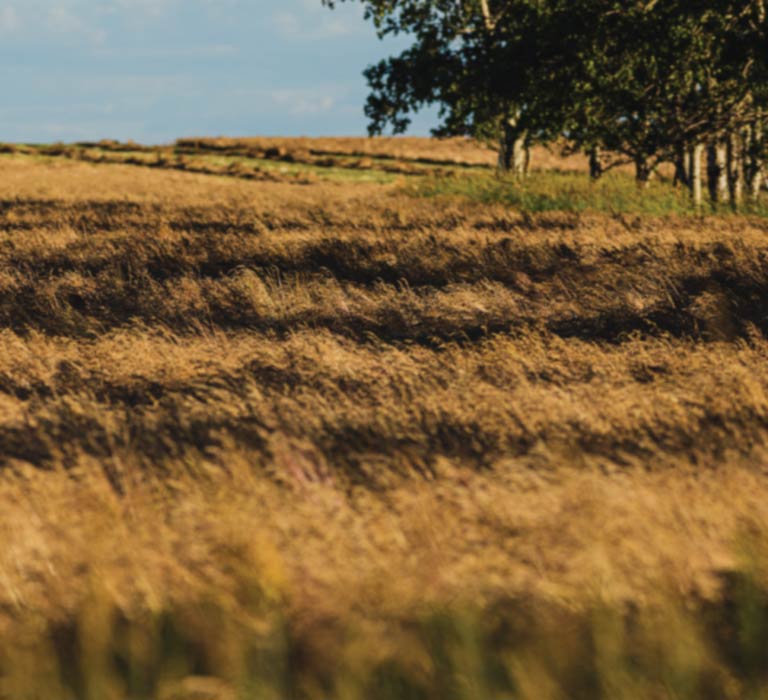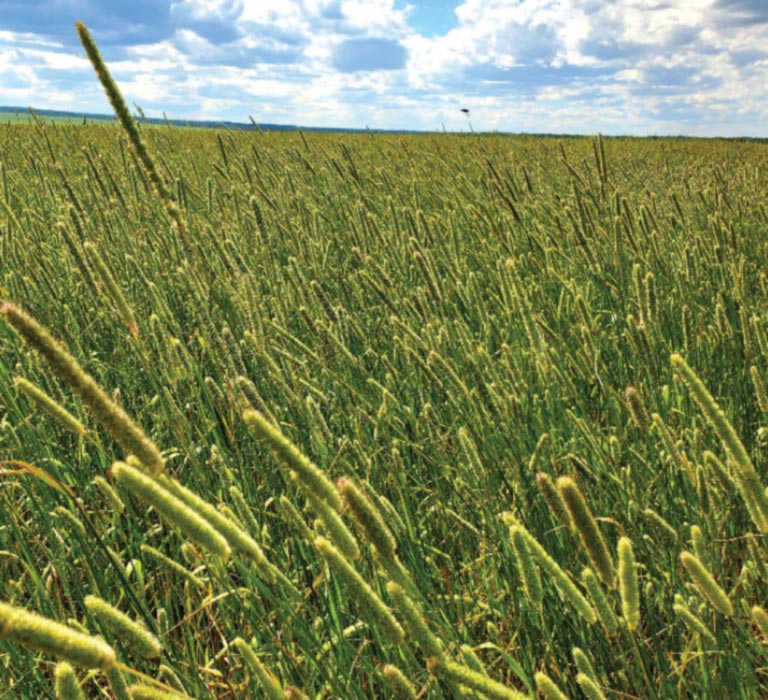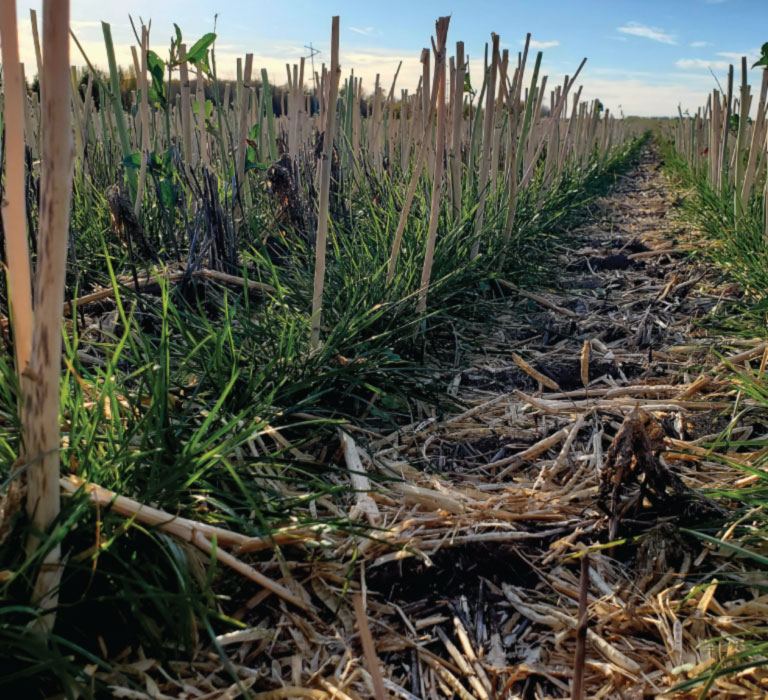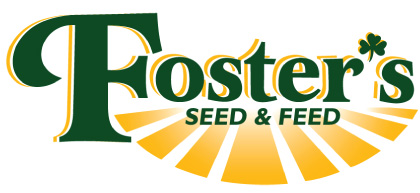Success in Three Specialties
Seed Grower contracts may be available, please contact the office for more information: 1-800-379-4804
Creeping Red Fescue
The crop behind Foster’s success in the seed industry is creeping red fescue (Festuca Rubra L.) It is a hardy, cool season turf grass that grows with good vigor. Most commonly it is fall or spring seeded directly, but it can also be seeded along with a nurse crop. Once established, growers can normally expect two years of seed production. Other growers will seed at a heavier rate and choose to take one year of production instead before rejuvenating or rotating back into an annual crop. Harvest generally takes place in late July or early August before annual crops have matured. With a limited area in Canada conducive to growing fescue, the Peace Country offers long days, cool nights, and typically wet falls which make for ideal Fescue growing conditions.


Timothy
Timothy (Phleum pratense L.) is a reliable, hardy perennial grass well-suited for cool areas with higher rainfall. Once established, growers will normally have seed production for 3-4 years before rotating to another crop. Timothy seed is used primarily in mixes for hay, pasture, or silage. Some proprietary varieties are grown under contract and shipped to Europe, but most of the Timothy seed produced in Western Canada is used in North America.
Timothy will germinate quickly with good vigor and does well in clay, silt, and peat soils. With sufficient moisture, It will grow in sandy soils. It has excellent cold tolerance with good longevity, high yield potential in the higher rainfall areas, and will tolerate short-term flooding. It does not do well in drought or high-temperature areas.
Perennial Ryegrass
Perennial ryegrass (Lolium perenne L.) is a short-lived bunchgrass growing in areas with moist, cool summers and mild winters. Foster’s varieties for seed production are all turf types, though there are forage types as well. Perennial ryegrass can be direct seeded in mid-summer or spring seeded with an annual crop, such as wheat or Liberty Link canola, with good success. Seed production can be expected the year after seeding, averaging 600-800 pounds per acre on a well-established field. This is a low-input crop that works well into most crop rotations.


